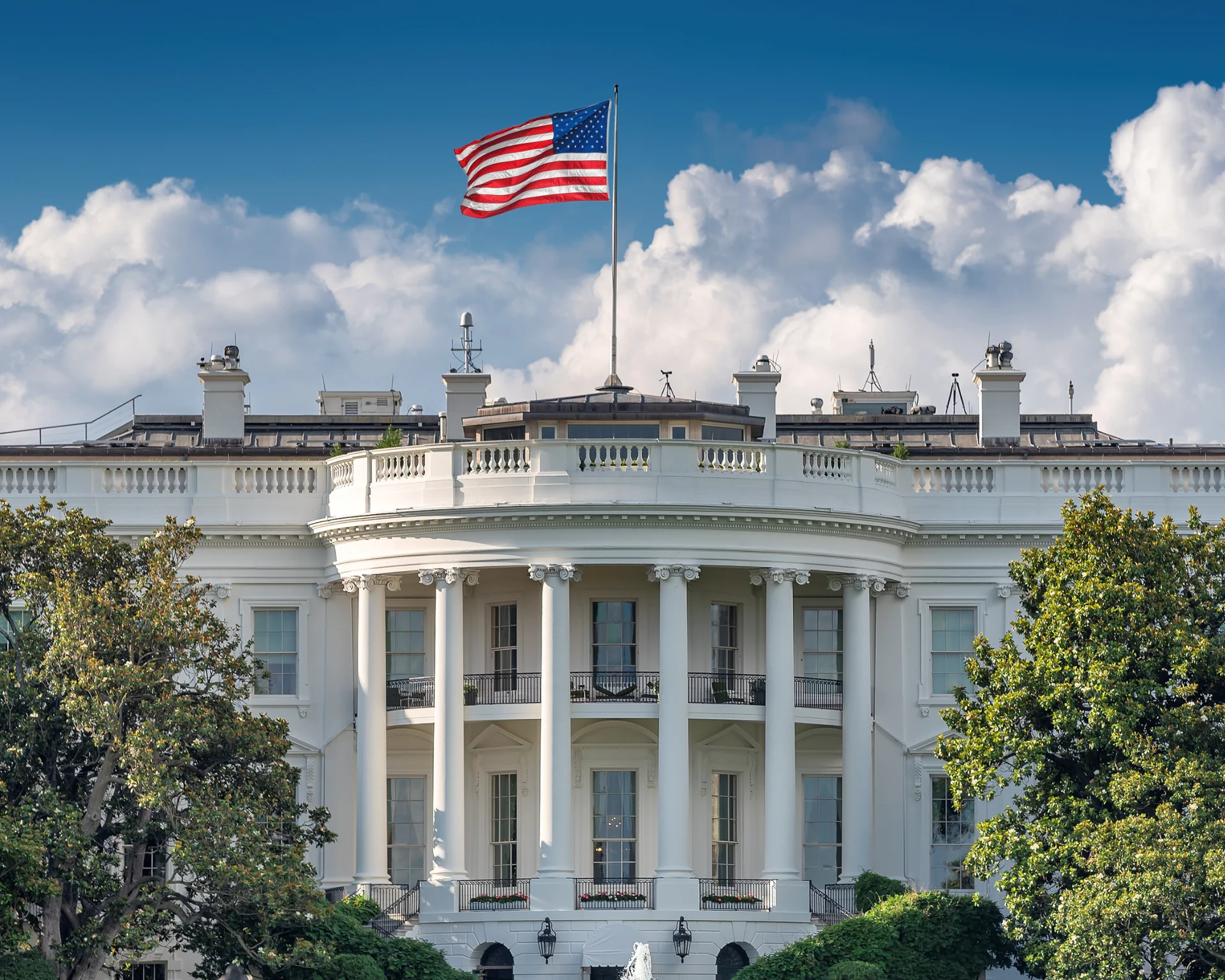Medical Debt and Homelessness
Trouble paying medical bills extended homelessness by more than two years, researchers found among a sample of Seattle individuals.

Read Time: 4 minutes
Published:
Medical debt and medical debt-related bankruptcy are common. More than one in four Americans are paying off medical debt and even more struggle to pay medical bills. More than 60% of US bankruptcies are linked to medical causes, even though the 2010 Affordable Care Act expanded access to Medicaid and private insurance. The current ACA policies rarely cover all costs, and most medical debtors had coverage. Common causes of medical bankruptcy include hospital bills, prescription drug costs, doctors’ bills, insurance premiums, and income loss from illness. America’s large income inequality problem is exacerbated by the market-based health system. Lichtenstein et al. found disproportionately high rates of medical debt among Black Americans living in racially distinct neighborhoods, and that medical debt was a driver of foreclosure and racial disparities in homeownership.
Many people with medical debt reported making significant trade-offs as a result of paying medical bills or pressure to pay, including forgoing necessities such as food, rent, or heat. They also reported spending savings, incurring credit card debt, and declaring bankruptcy. A 2007 study explored a previously undocumented association between medical debt and its effects on “low-income families’ ability to own, rent, or maintain their homes.” Twenty-five percent of respondents said their medical debt led to housing problems. And 9% of homeowners facing foreclosure in Philadelphia cited illness or medical costs as the primary reason for being behind on mortgage payments. In 2015, Houle and Keene found worsening health increased the risk of default and foreclosure when they analyzed data from a nationally representative longitudinal study of older middle-aged adults.
Because of burgeoning homelessness on the West Coast, and competing narratives about the origins of this problem, we aimed to understand whether trouble paying medical bills could be associated with length of homelessness in Seattle. We interviewed 60 individuals aged 18 or older, who were currently experiencing homelessness in Seattle and staying in self-governed encampments organized by a homeless advocacy organization.
Most respondents reported having at least one kind of debt, and two-thirds reported current medical debt. Almost half reported having trouble paying medical bills for themselves or for their family members. Of these, 74% said their cases were sent to collections. Almost one third believed medical debt was in part responsible for their current lack of housing.
If someone had trouble paying medical bills, the length of their current episode of homelessness was extended by more than two years.
More than half of the respondents with medical debt said they incurred this debt even though they had insurance. Almost half (48%) of this group reported owing amounts under $1,000, and 31% reported owing less than $300, which is consistent with other studies on medical debt.
Our study provides insight into the role of even small amounts of medical debt on length of homelessness in a Seattle sample. The association between length of their current episode of homelessness – a measure of how long someone has been homeless most recently, and not a cumulative amount of time across their lifetime – and trouble paying medical bills remained true after controlling for health status and demographic variables. If someone had trouble paying medical bills, the length of their current episode of homelessness was extended by more than two years. People of color who had trouble paying medical bills reported a current length of homelessness as one year longer than white respondents. For those whose medical debt case was sent to collections, their length of overall homelessness – the total amount of time someone experienced homelessness across their lifetime – was about 11 years longer, compared to those whose medical debt was not sent to collections.
While medical debt affects all demographic groups, it affects communities of color most severely. Seattle’s American Indian and Alaskan Native populations comprise 0.6% of the population, and Black residents 7.2%. Yet our study of people living in tent cities and shelters found both groups over-represented at 7% and 15% of our sample, respectively.
The experiences of Seattle’s population, where the visible homeless population is growing rapidly and is driven in part by the very high cost of living, may not be generalizable to populations elsewhere. Further research would help us learn more about the causal of role debt in homelessness.
Photo via Getty Images



